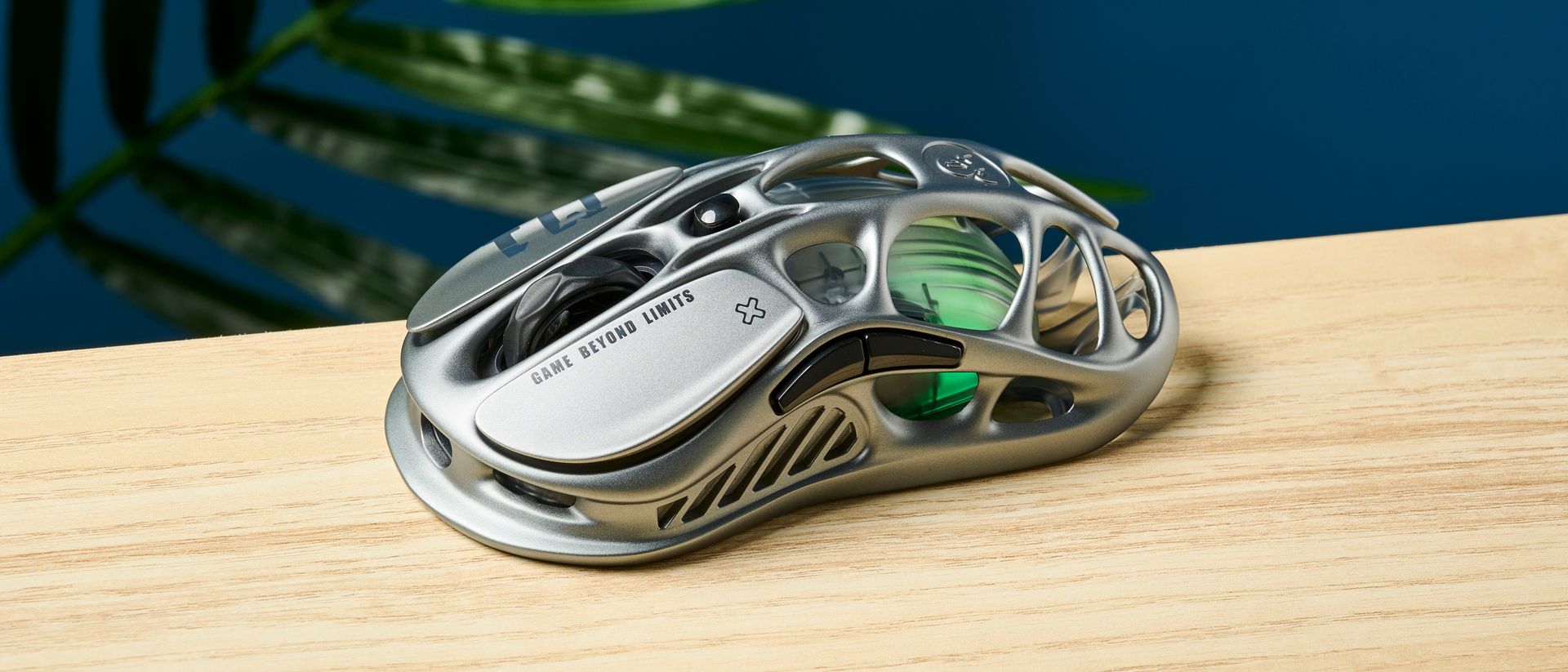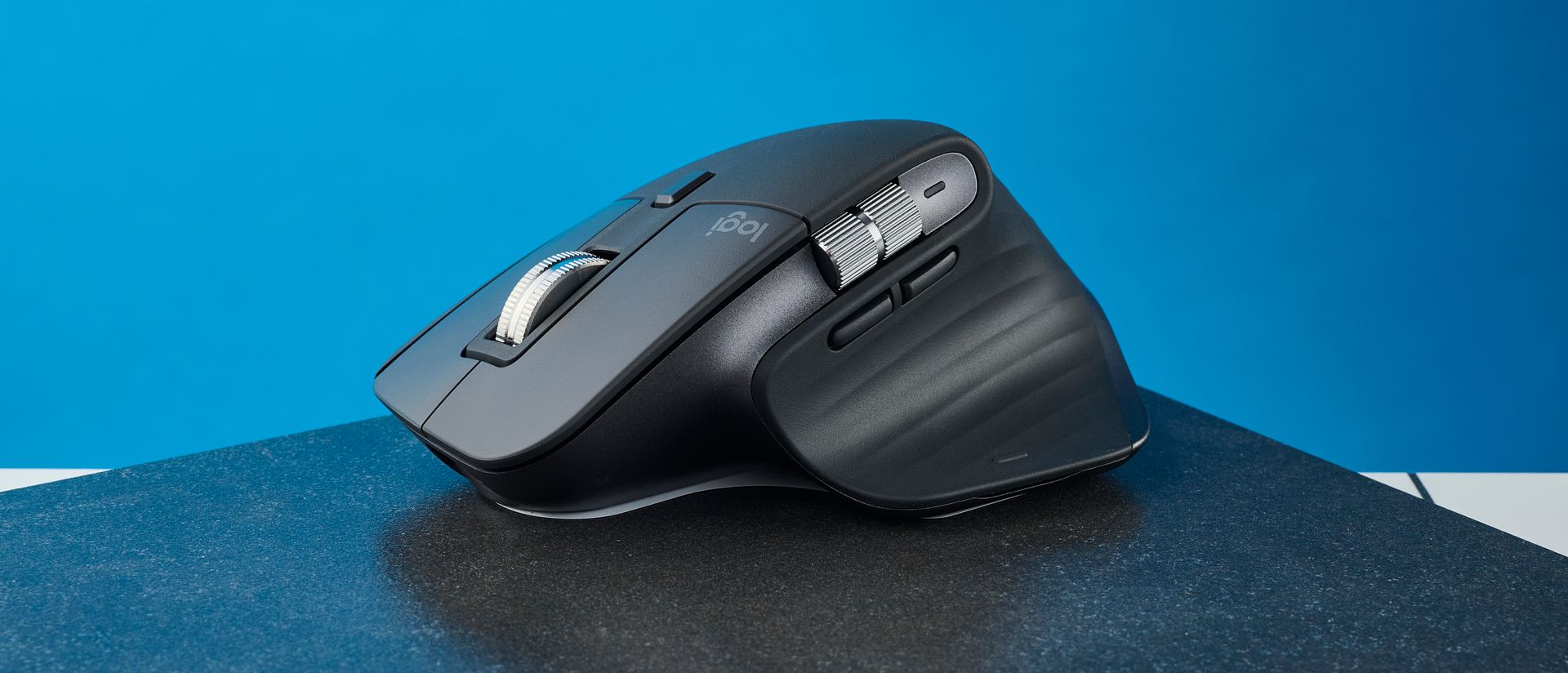Trade in Mobile Phone
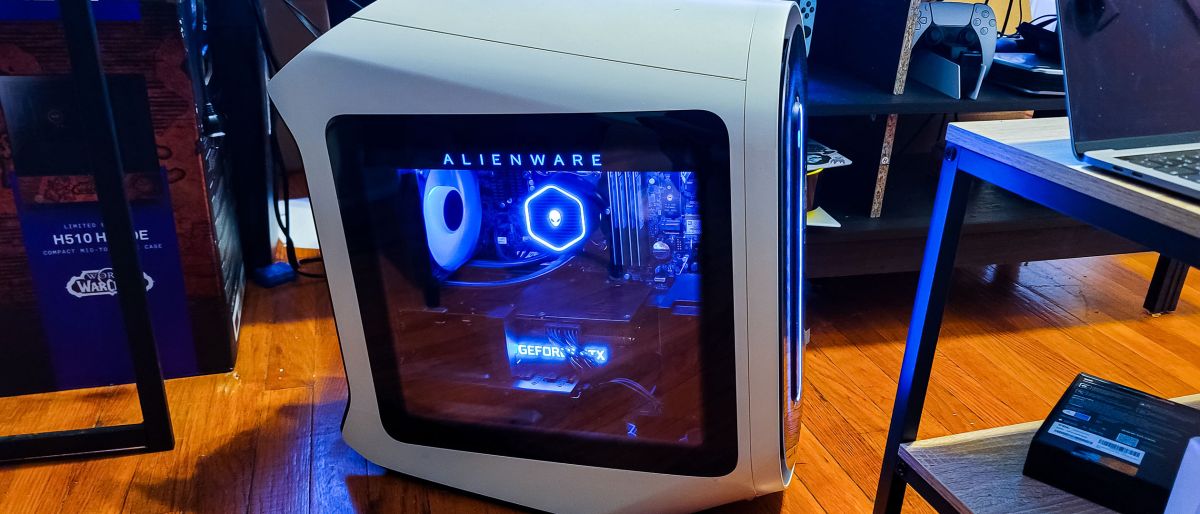
(Image credit: Future)
Prebuilt gaming PCs like the Alienware Aurora R13 are only getting more important, especially when you consider that the PC components gamers need to build their own PC become more and more expensive. Although, as we’ve seen over the last year, Alienware’s PC prices haven’t really been as affected. That means more people than ever are likely looking at this gaming rig to see if it’s a reasonable alternative to building a PC, and it is – but it’s not really that simple.
This new tower from Alienware does come with some aesthetic improvements – including a glass side panel that’s been missing from Dell’s premium gaming PCs for a few years now. But there are some things that should be re-examined in order for this machine to be an excellent mainstream device.
Mainly, the CPU cooler. The Alienware Aurora R13 is using the latest Intel 12th-generation Intel processors, and the model we have in front of us is using the Core i9-12900K. It’s a power hungry chip that outputs a lot of heat when it’s put under load, but Alienware has decided to equip it with a 120mm AIO liquid cooler. While that would be enough for maybe a current Core i7 processor, it really doesn’t cut it for a processor as power-hungry as Intel’s flagship.
This alone disqualifies the PC from being the go-to for gamers that also want a PC that can serve as a workstation. The moment you try to do any heavy video editing or rendering on this PC, you will run into issues with thermal throttling.
But because the core purpose of the Alienware Aurora R13 is PC gaming rather than creative workloads, this is less of a big deal than it may be with other machines. You’re not going to max out a Core i9-12900K in a Call of Duty match, after all. If you’re just a PC gamer, this is going to be a fine PC.
It’s just that at the end of the day, when you’re paying a whopping $4,379 for the configuration reviewed here, it would be nice to know that you could push the hardware inside to its limits without affecting the longevity of the computer.
We are Tradelectronics, licensed second-hand electronics dealer located in Sydney CBD, experts in trading used laptops, old cameras & lens, and used mobile phones. Fast, Reliable & We Pay More! Get a free quote on your favourite WhatsApp, Facebook, SMS & Email, instant reply!
| Click icon for WhatsApp Quote | Click icon for facebook Quote |
 |
 |
- We are open from Mon – Sat 12pm – 7pm
- Get your free quote from WhatsApp and Messenger are highly recommended, we can guide you through in finding the accurate specs for your laptops, cameras & lens, mobile phones as well. As such we can provide a more precise quote for you.
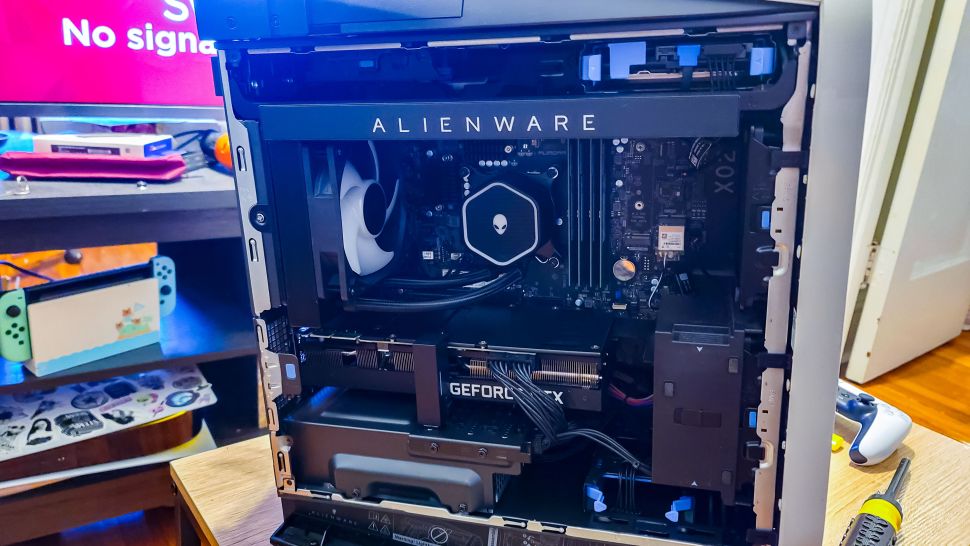
(Image credit: Future)
Price and availability
The Alienware Aurora R13 is available now, starting at $1,399 in the US. That configuration will get you an Intel Core i5-12600KF, 8GB of RAM and an Nvidia GeForce GTX 1650. In the UK the starting price is a little higher, at £1,749, which is the same as the US version, just starting with an RTX 3060 instead.
But if you’re in Australia, you’re looking at a price of at least AU$5,499, and you’ll get an Intel Core i7-12700KF, 16GB RAM and an Nvidia GeForce RTX 3080 – a pretty high-end configuration for the entry model.
Because it’s an Alienware rig, you can get it upgraded with the highest-end components on the market, right now. If you want the specs listed to the right, you’re looking at a price tag of $4,729 / £4,999 / AU$9,349. Although, it should be noted that the Australian version of this configuration comes with an additional 2TB hard drive.
You can also double the RAM up to 128GB, which will bring the price up even further. However, because of how lackluster the CPU cooling is here, we wouldn’t recommend getting that much memory. After all, any workload that will put all that RAM to use will just end up causing your CPU to throttle – more on that later.
But compared to other similar gaming PCs like the HP Omen 30L, this really isn’t a bad price. That PC will start at $1,599 / £1,699 / AU$3,299, though it does start with more high-end components.

(Image credit: Future)
Design
If you’ve seen any Alienware desktop PC over the last couple of years, the Alienware Aurora R13 will look familiar. It has the same Legend design language the company has been using for a couple of years now, and is even available in the same “Lunar Light” or “Dark Side of the Moon” colorway options – basically black or white.
However there is one huge change here over the Alienware Aurora R13 – and that’s the side panel. Instead of having solid plastic panels on both sides of the PC, the left-hand side now has a glass side panel, which lets you see the components on the inside. Sure, because it’s a mass produced PC it’s not as beautiful inside as a Maingear rig or anything, but Alienware did make things a little prettier now that you’ll be seeing inside the case.
The core difference there is that the metal arm mechanism that housed the power supply in the Alienware Aurora R12 is gone, which means you can see directly down to the CPU cooler without having to move anything out of the way. Not only does this look nicer, it also means that this PC is going to be mucheasier to upgrade further down the line.
To open it up, there’s a little pull tab on the back of the computer just above the rear exhaust, secured by a Philips-head screw. Simply loosen that screw, pull out that tab, and the side panel will release for removal. From there, you can access the CPU, RAM, graphics card, and NVMe SSD without needing to get anything out of the way.
It’s a way more accessible design, and we applaud it, but there are some lingering issues here.
Namely, because of the way the chassis is designed, there isn’t space for a larger AIO liquid CPU cooler to be installed. Instead, if you do opt for the water cooling option, you’ll only get a 120mm AIO. That’s fine for low-to-mid range CPUs, but it’s a serious problem if you have something like the Intel Core i9-12900K inside.
Under load, this means that the fans have to work overtime, and it ends up being extremely loud. This is not going to be a PC you’re going to want to pick up if you want your game sessions to be quiet – but really won’t be an issue if you’re wearing a gaming headset while using this rig.
All the great things about R12 chassis are back, though. Around the front, you’re getting two USB-A ports and a USB-C, along with some very attractive RGB lighting around the center panel. Then, around the back you’re getting a huge collection of ports, which you would expect from a desktop gaming PC. The only thing that’s really changed here over the last-generation model is that the power input has moved from the top left corner to the bottom right. That brings it more in line with other gaming PCs, but shouldn’t realistically change how your setup will look.
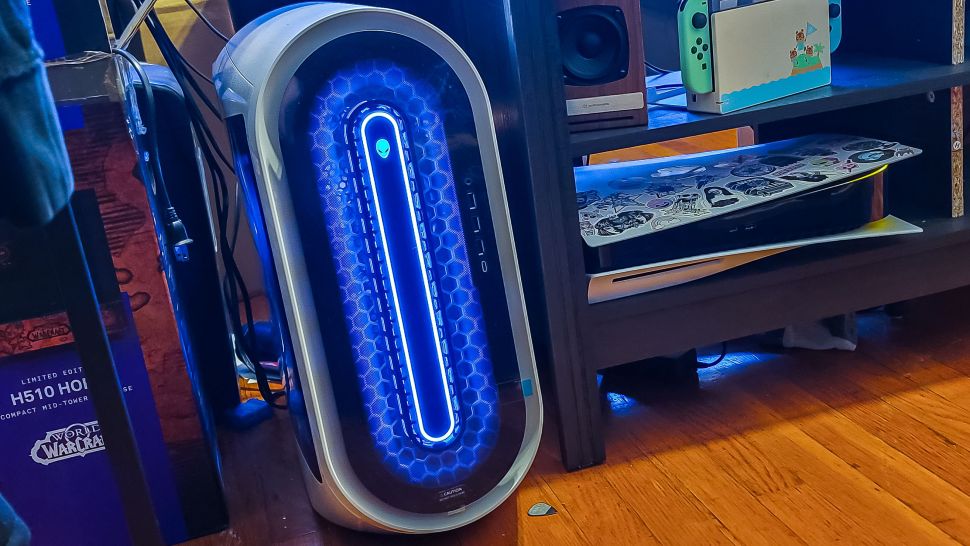
(Image credit: Future)
Performance
Because the Alienware Aurora R13 sent to us for review is strapped with an Intel Core i9-12900K, an Nvidia GeForce RTX 3090, and 64GB of DDR5 RAM, there’s pretty much no game that won’t be absolutely blown out of the water with this thing. This gaming PC has absolutely no problem playing any game on the market at 4K with every setting maxed out, and should remain that way for quite some time.
We have it in our living room, sitting next to our entertainment center, and we’ve been using it quite a bit to enjoy a bit of gaming in our downtime. Next-generation games like Guardians of the Galaxy and Cyberpunk 2077 run like an absolute dream here, especially when you use technologies like DLSS and FSR. And, the benchmarks listed to the right tell pretty much the same story.
The problems arise when you try to push this PC outside of gaming. When we first got this machine in, we were in the middle of working with Alder Lake for the first time, and so we loaded up Blender, basically just to see what would happen.
While performance was good, it didn’t take long before we noticed CPU digits hitting temperatures above 100C, leading to some significant thermal throttling. We tried reseating the cooler, and it didn’t lead to any substantial difference in the temperature. The CPU cooler here is just not sufficient for this processor. Even in our own testing of the Alder Lake flagship, we are seeing temperatures around 86C under full load on an open-air test bench with a giant 360mm AIO cooler – so the 120mm AIO in the Alienware Aurora R13 is just not going to cut it.
This won’t be a problem with configurations with slightly less powerful CPUs, however. Our advice is, if you want this Alienware rig, stick with an Intel Core i7-12700K or below. Realistically, gaming performance on that processor is going to be nearly as good as the 12900K. It’s just going to last a bit longer.
It wouldn’t be as big a deal if there was space in the chassis to fit a larger liquid cooler, but unfortunately there isn’t. If high-end processors keep being as hot as they are right now – and we think they will – Alienware is going to need to go back to the drawing board for its desktop PC designs. Hopefully it can do that without abandoning the beautiful Legend design language it’s cultivated over the last few years.

(Image credit: Future)
Buy it if…
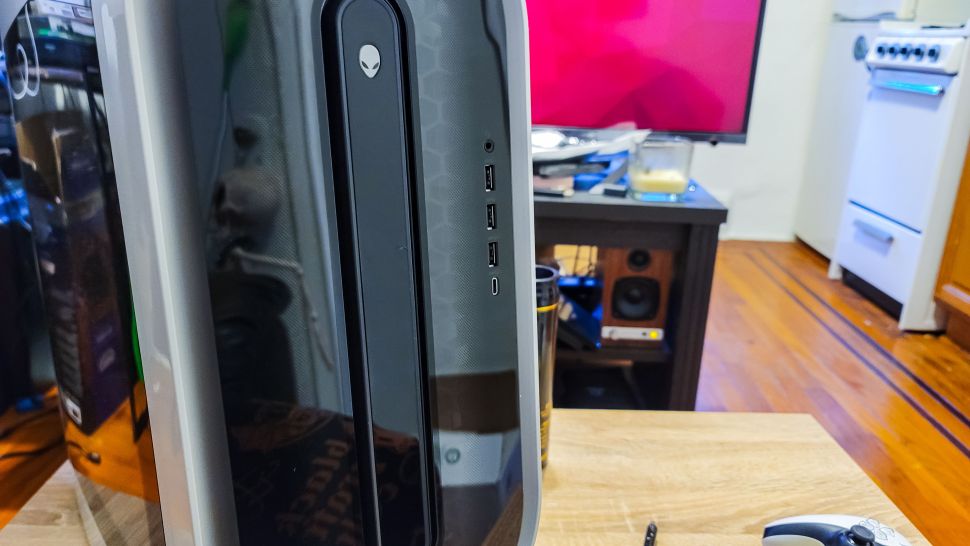
(Image credit: Future)
Don’t buy it if…
Source: Techradar


